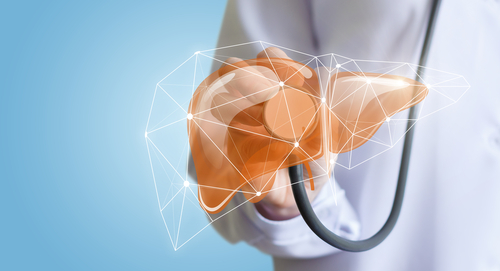Using non-invasive magnetic resonance elastography (MRE) to evaluate liver stiffness can help monitor disease severity and progression in Gaucher disease type 1 (GD1) patients.
That finding was reported in the study “Correlating liver stiffness with disease severity scoring system (DS3) values in Gaucher disease type 1 (GD1) patients,” published in the journal Molecular Genetics and Metabolism.
GD is a genetic disorder that results in the buildup of lipid molecules inside certain cells – Gaucher cells – which accumulate in several organs, including bone marrow, liver, spleen, and lungs. Type 1 GD is the most common form of the disease, where the brain and spinal cord are not affected.
To determine GD severity, clinicians routinely use a composite scoring system called GD-DS3, which takes into account skeletal, hematologic, and visceral characteristics of the disease. However, GD-DS3 assessments are time-consuming and subjective to some extent, falsely increasing or decreasing disease severity scores.
Furthermore, while GD-DS3 scoring is useful to assess disease severity, it does not assess all aspects of GD, including liver disease.
A research team at Cincinnati Children’s Hospital Medical Center investigated the potential of MRE to assess GD-associated liver disease and its correlation with a GD-DS3 score. MRE is a non-invasive technique that combines the quantitative power of MRI with the potential of elastography, which maps the elastic properties and stiffness of soft tissues, to determine tissue stiffness.
“MRE is an ideal imaging study to assess liver disease in patients with GD as it combines traditional magnetic resonance imaging with a unique sequence used to measure the liver stiffness,” researchers explained.
The study included 31 GD1 patients, from 4 to 67 years old. The median GD-DS3 score for all patients was 4 (ranging from 1 to 10.1) which is indicative of moderate disease. The median MRE value, measured in kilopascals, was 2.43 kPa (ranging from 1.30 to 5.20 kPa), while MRE values reported for healthy adults vary between 1.89 and 2.51 kPa.
The researchers found a positive correlation between liver stiffness and GD-DS3 scores. Patients who had increased values for liver stiffness also had higher disease severity scores.
“This supports the potential use of MRE as both an additional assessment and independent marker for monitoring composite disease severity in GD,” the researchers stated. “Further study is needed to determine whether MRE can detect changes in disease severity over time or following the initiation of enzyme replacement therapy.”


